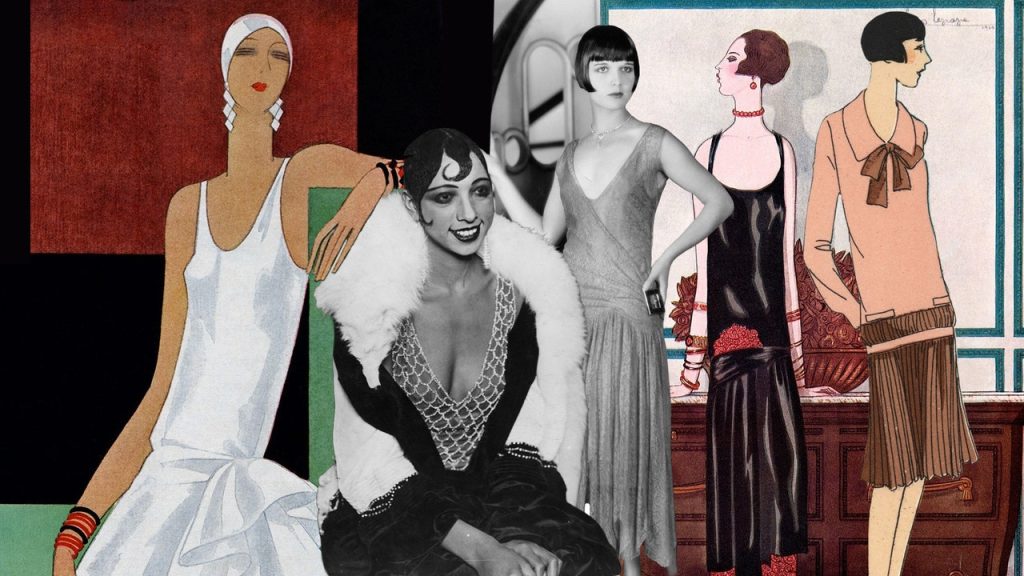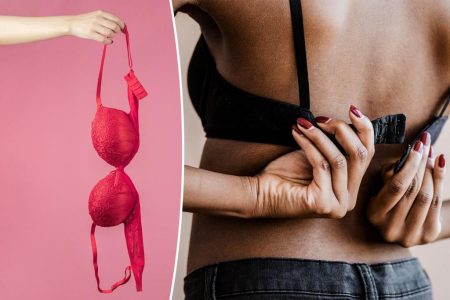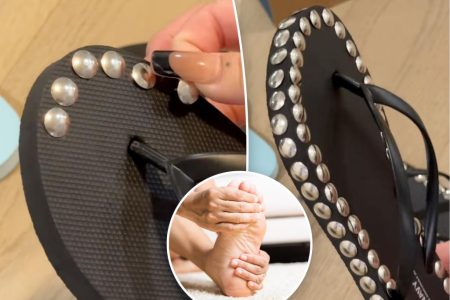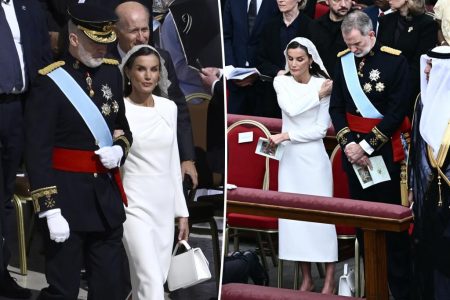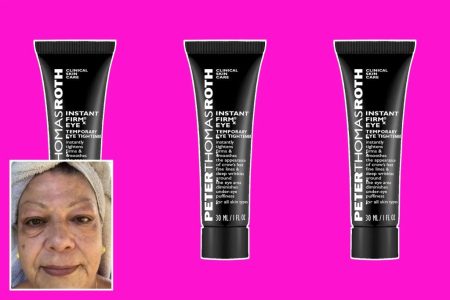The 1920s were a time of significant innovation in fashion, with designers like Chanel, Lanvin, Vionnet, and Brialix making waves with their creations. Chanel’s little black dress, introduced in 1926, revolutionized the way women dressed by embracing black as a fashion color and creating a versatile silhouette that could be worn day or night. The LBD was a departure from the more ornate and restrictive fashions of the past, and its simplicity made it accessible to women of all backgrounds. The Robe de Style, another popular silhouette of the era, featured a gathered skirt and a feminine, diaphanous look that offered an alternative to the boyish La Garçonne style.
In addition to Chanel and Lanvin, other designers like Vionnet, Brialix, and Molyneux were influential figures in the fashion world during the 1920s. Madeleine Vionnet, known for her innovative draping techniques, created timeless and elegant designs that were favored by women of all ages. Brialix offered a more romantic silhouette with its flowing skirts and delicate fabrics, while Molyneux’s designs were known for their classic and sophisticated aesthetic. These designers, along with others like Callot Soeurs, Jean Patou, and Elsa Schiaparelli, helped shape the fashion landscape of the time.
The 1920s also saw significant developments in men’s fashion, with London setting the tone for menswear trends. The Prince of Wales, later Edward VIII, was a prominent figure in men’s fashion, popularizing two-piece suits, pinstripes, tweeds, and flannels. The Oxford Bags, wide-leg pants inspired by rowers at Oxford, and plus-fours, worn for golf, were popular choices for men’s trousers. Accessories like Magritte-style bowler hats completed the look, evoking a sense of Savile Row tailoring and English country living.
Overall, the 1920s were a time of experimentation and creativity in fashion, with designers pushing boundaries and redefining traditional ideas of style. Chanel’s little black dress and Lanvin’s Robe de Style offered women new options for self-expression and comfort, while designers like Vionnet, Brialix, and Molyneux brought their own unique perspectives to the industry. Men’s fashion also saw significant changes during this decade, with London’s influence evident in the shift towards more casual and relaxed suiting styles. The 1920s laid the foundation for modern fashion, with many of the trends and innovations of the time still influencing designers and consumers today.









